10 years on, here's how Twilight changed cinema
On Twilight's 10th anniversary, we revisit the fallout of the full-blooded phenomenon
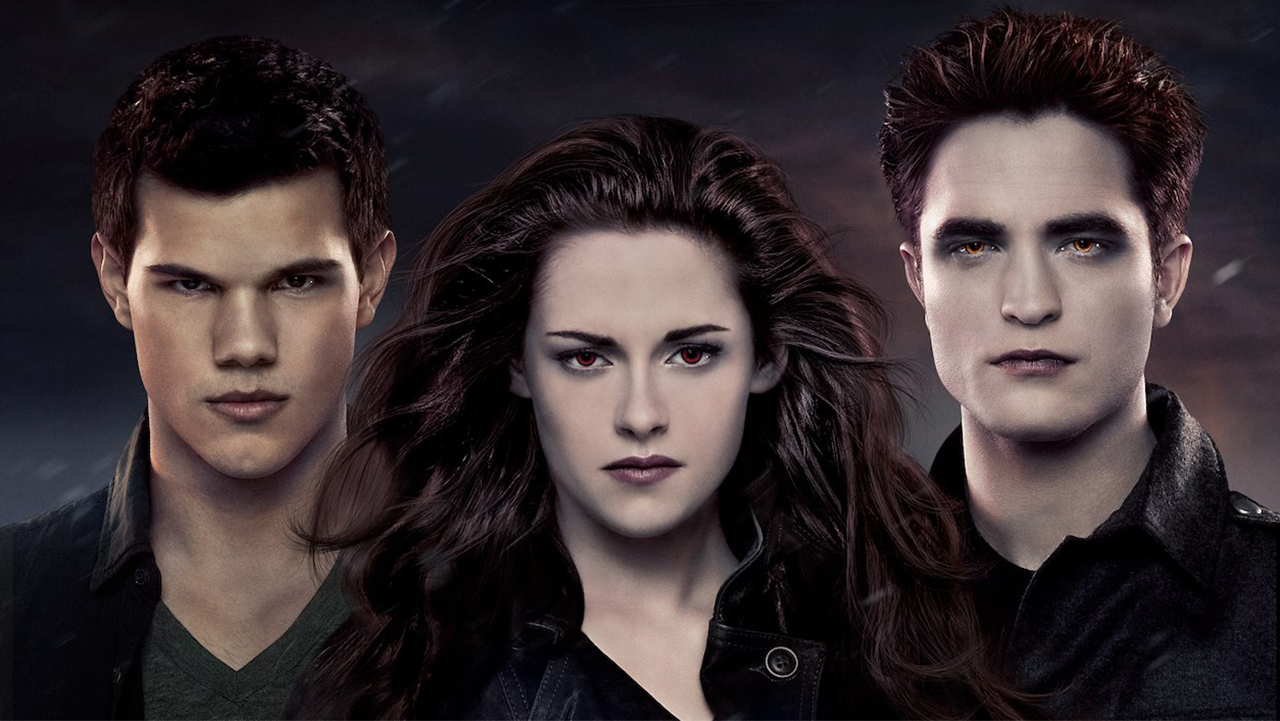
Stephenie Meyer was a busy mother of three when she had a dream about an average teenage girl meeting a hot vampire. A few years on, her novels-turned-movies became every studio’s dream: not just a boy-meets-girl story, but the story of a film made for modest money meeting multiple demographics to modesty-be-damned returns.
True, old-guard critics and horror-hounds huffed. “Tweenager porn,” sniffed vamp veteran Stephen King. “Pisslight, morelike,” scoffed Black Mirror’s Charlie Brooker. “Twilight at gunpoint? Just shoot me,” coughed 30 Days of Night director David Slade. Others coined the put-down “abstinence porn”, berating Meyer for peddling questionable gender dynamics.
Yet fans fell “unconditionally and irrevocably in love” with lip-biting teen Bella Swan and 17-forever dreamboat-with-fangs Edward Cullen. Their romance generated fan industries, franchises, fan-fiction, merch tie-ins and ticket sales: over five movies, The Twilight Saga banked $3.3bn at the box office. Perhaps critic Mark Kermode was right: Twi-haters were mostly middle-aged men, to whom fans paid barely a bat-wing’s flicker of notice.
The films may have been flawed, but whether the sniffiest haters had even seen them may have been debatable. Certainly, Slade changed his shoot-me tune when he directed third movie, Eclipse. Equally certainly, Twilight changed movies: in some ways, even for the good. 10 years on from the release of the first Twilight film, here's seven ways the franchise changed cinema...
1. It put a once small studio on the map
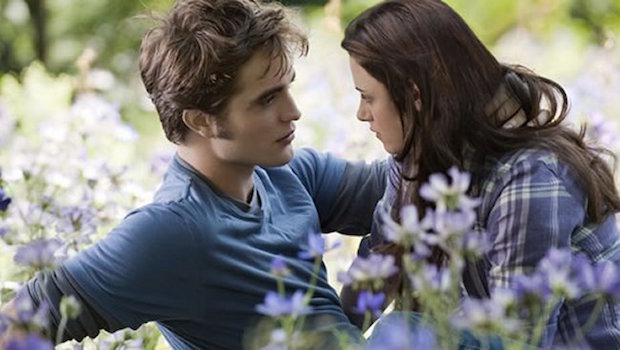
Around 2008, Hollywood echoed to the sound of Paramount Pictures kicking itself. The studio powerhouse once had the rights to Twilight, but released them, thinking it would flop.
Enter Summit Entertainment. At one point, Summit was a small overseas seller with occasional production dalliances. Established as a mini-studio in 2006 under former Paramount vice-chairman Rob Friedman, its pre-Twilight properties included parking-lot horror P2 and doughnut-based teen-com Sex Drive. Scenting a buzz around Meyer’s novels, Summit snapped up the rights. Quoth Friedman, “We saw a great Romeo and Juliet story that has a very interesting modern sensibility.”
After Twi-glory, Summit became the little studio that could, banking further critical and commercial heat with The Hurt Locker and Red. In 2012, Summit’s sale to Lionsgate for $412.5m created a union of what industry bible Variety termed “mini-majors”, capable of filling the gap between indies and major-budget releases. Recent beneficiaries of the Twilight-powered merger have included La La Land. And, therefore, everyone.
Sign up for the Total Film Newsletter
Bringing all the latest movie news, features, and reviews to your inbox
2. We got more female-fronted franchises
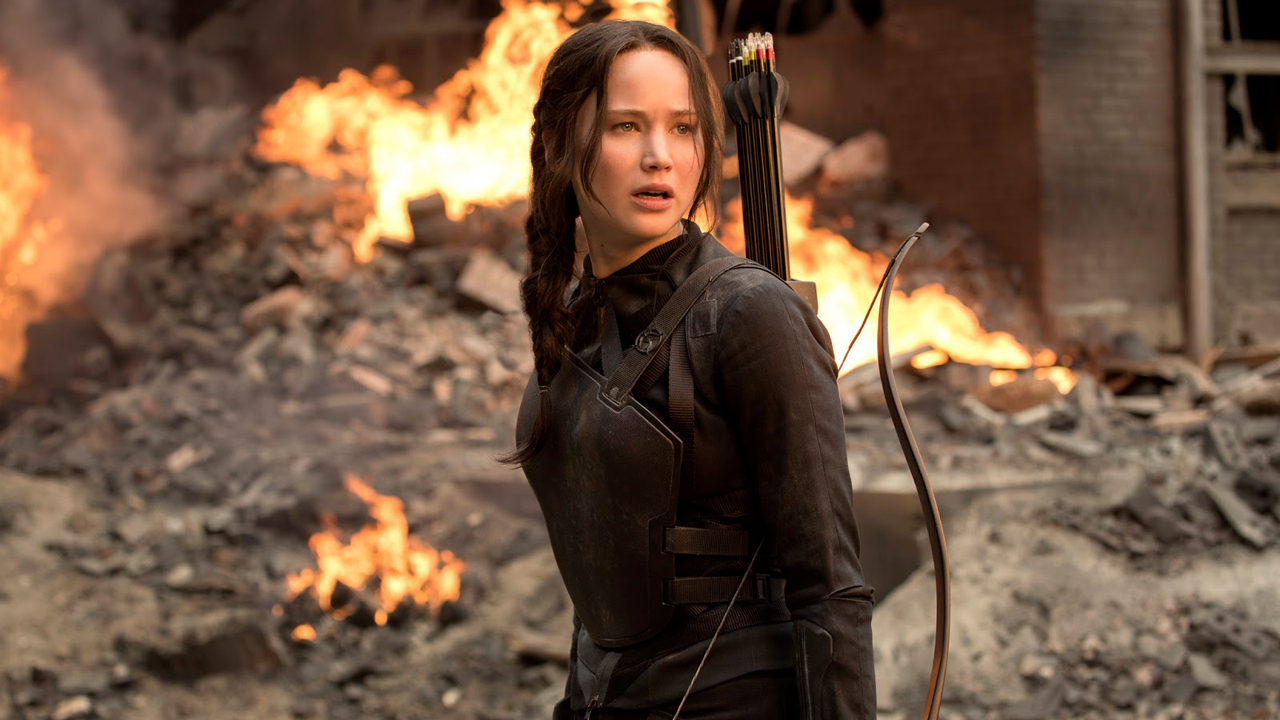
A woman from an indie background directs a female-fronted talking-point to huge success. In 2017, that film was Wonder Woman. But Twilight got there first. Thirteen’s Catherine Hardwicke directed the saga-starter from Melissa Rosenberg’s script. Told from a young woman’s viewpoint, Twilight stoked endless column inches about its impact on young women and banked a $69.6m opening weekend from a relatively modest $37m budget, with 75 per cent of that audience being female. Swiftly, it became one of the first post-Potter young-adult franchises to roar past a first instalment towards franchise glory.
Some critics were vitriolic, but Rosenberg’s argument that Twilight offered “no more or less reasonable a fantasy than the big-budget tentpole movies that appeal to 13-year-old boys” hit a nerve. More female-fronted franchises followed, ranging like most franchises from poor (Divergent, Snow White) to potent: as critic Anne Billson asked, “Would even the first Hunger Games have been made without Twilight?”
Meanwhile, Twilight’s franchise growth gave the lie to the notion that boys don’t watch ‘girls’ movies’. For Chris Weitz, director of the second Twilight movie, New Moon, “relatable” was the word. “Bella’s situation is one of the things I responded to, honestly. It sounds sad but I have been where Bella has, having been dumped.” Only a few billion fans would concur.
3. Fandom and fan-fiction entered the mainstream
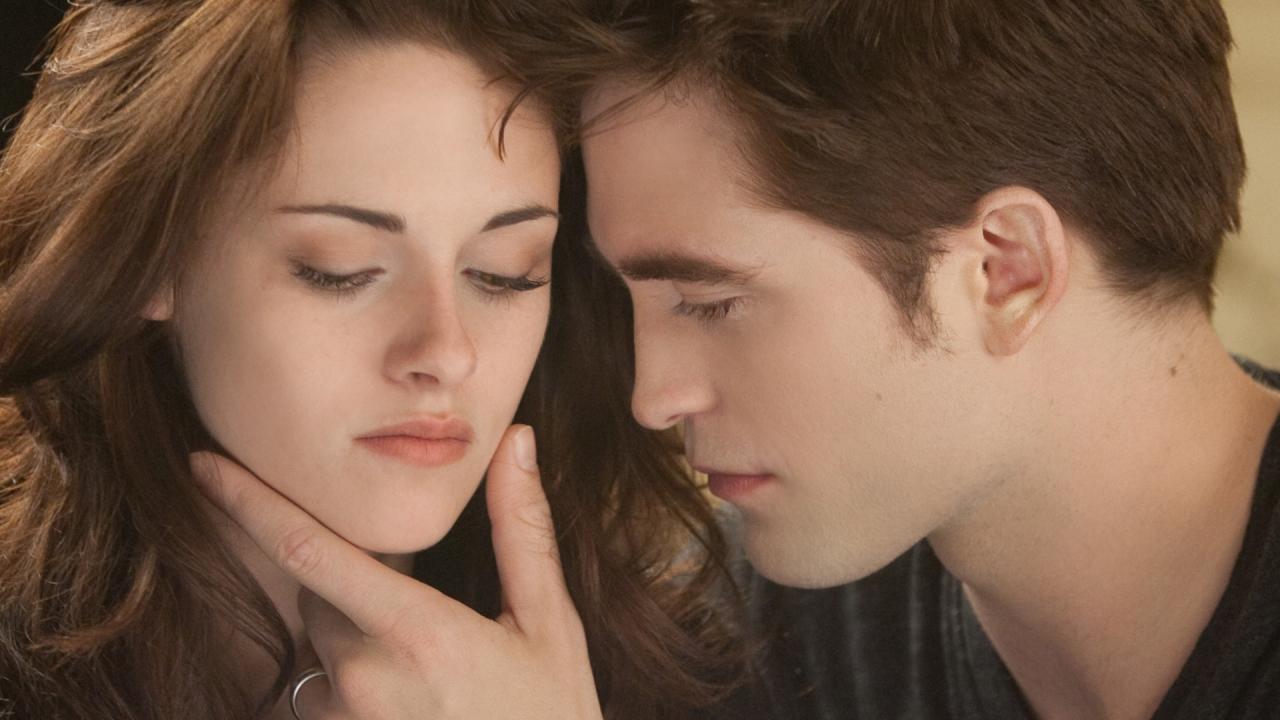
Money talks? Yes, but Twilight transformed talk into money. Whether fans related to the teenage awkwardness, longed to be swept away by a man intoxicated by their scent, or used Bella’s “blank slate” front as a kind of projection board for their own anxieties, Twi-fandom provoked arguably more debate and interaction than any fresh franchise in recent history.
In the vein of Kirk/Spock writing, Twi-lovers re-popularised “shipping” as a fan-practice. Reports that 45 per cent of the first film’s opening-weekend audience were over-25 stoked talk of Twi-mums; payback time, said fans, for all those films about middle-aged men ogling younger women. Urban myths of Cullen-inspired divorces proliferated, though their provenance proved sketchy. And, for every blush of restrained longing between Bella and Edward, fan-fiction steamed to Twi-lusty erotica, not least E.L. James’ Fifty Shades of Grey.
Fans camped out for Meyer book signings and paid pilgrimages to the Twi-location of Forks, Washington. Bloggers got to go on set and visit the edit bay, where fansite boss Kallie Mathews even persuaded Breaking Dawn director Bill Condon to make Bella’s post-blood-lust dress messier. Overnight queues outside Hall H, meanwhile, changed Comic Con. Many Con-goers protested, but most concurred that forcing conventions to make Con areas welcoming for women (and embrace female-centric films and shows) could only be for the good.
As fans sought to bond themselves to Twilight in every way possible, records crumbled. Opening-night box-office records fell as fans camped out in the rain. Even waxworks benefited: R-Pattz was reportedly the most-kissed model at Madame Tussauds.
4. It created the first arthouse superstars
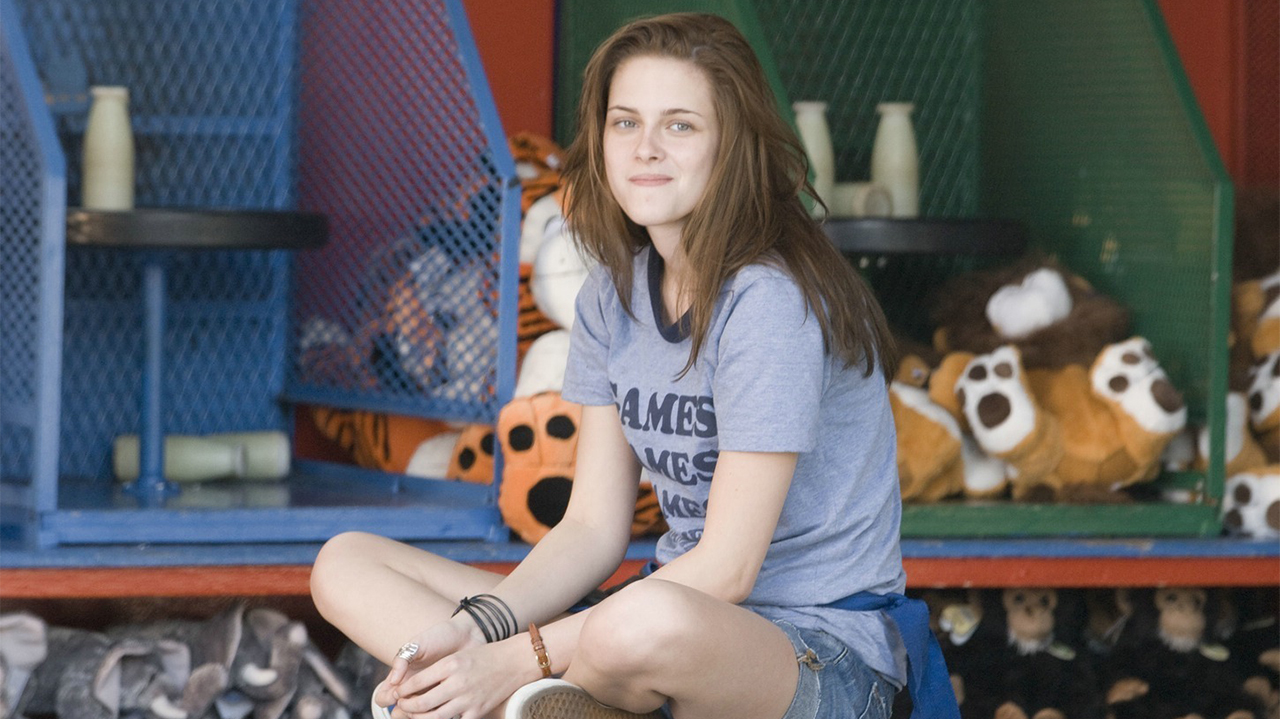
K-Stew, R-Pattz, Robsten... call them what you will, Kristen Stewart and Robert Pattinson practically kept the paps in work for the duration of Twilight’s success. More pleasingly, Twilight helped birth fascinating careers for both. Sure, R-Pattz argued that the saga’s momentum out-stripped his control: “It’s frightening when you lose your sense of identity.” But he’s rediscovered himself in leftfield projects. David Cronenberg cast Bob-Pattz as a billionaire riding hot wheels in Cosmopolis and, with conceptual concision, as a taxi driver in Maps to the Stars, where his fling with Julianne Moore perhaps slyly nodded to Twilight’s popularity among older women. And although Twi-haters dissed Bella as a lip-biting drip, Stewart’s break-out roles included indie belter Adventureland and rock biopic The Runaways, in which she played Joan Jett – who nobody calls drippy.
Latterly, Stewart has stuck to her arthouse guns in films for Olivier Assayas and Kelly Reichardt, while Pattinson has found his feet in stretching projects such as The Lost City of Z and Good Time. And though Taylor Lautner’s career may have hair-balled post-Jacob, Anna Kendrick banked her career ticket (via Pitch Perfect) with her performance as Jessica.
5. Everyone tried to find adaptation gold
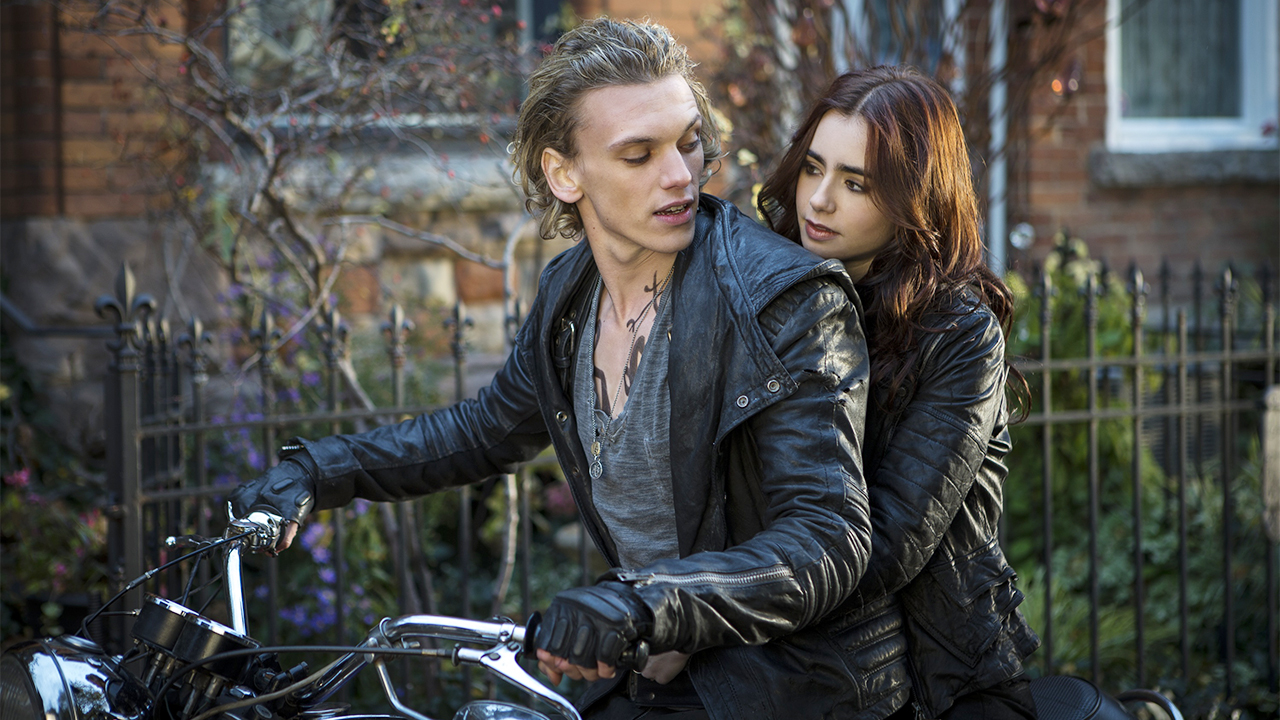
If Harry Potter's success sent studios digging for the next Hogwarts-scale hit, Twilight proved equally instrumental in turning Hollywood’s page on book-to-screen adaptations. Daughter of Smoke and Bone, The Spook’s Apprentice, The Mortal Instruments and Warm Bodies were thumbed for evidence of deep-coffers potential. Though “young adult” is often used as a pejorative term, YA books spawned fresh life post-Twilight.
True, Meyer had vocal doubters. “Stephenie Meyer can’t write worth a darn,” said Stephen King, words un-minced. Plus, some failed young adult adaptations made the charge to strip-mine every book in the library seem unseemly: The Mortal Instruments adaptations stalled after one film, nudging the story towards middling TV adaptation Shadowhunters.
Yet Twilight’s negative knock-on effects were met by positives. “People are very eager to dismiss my book as ‘Twilight with zombies,”’ said Warm Bodies author Isaac Marion. “That’s frustrating, but I’m glad they’re at least talking about it.” Boy, did they talk. As Penguin trade marketing exec Erin Dempsey noted, the upsurge of post-Twilight blog-based power in the promotion of young adult fiction proved vertiginous: “Twilight fans were rabid, and they took to the web and shared their love in a way that really hadn’t been seen for another book before. These bloggers now have as much power as the traditional media outlets.”
6. The merchandise industry came back with a bang
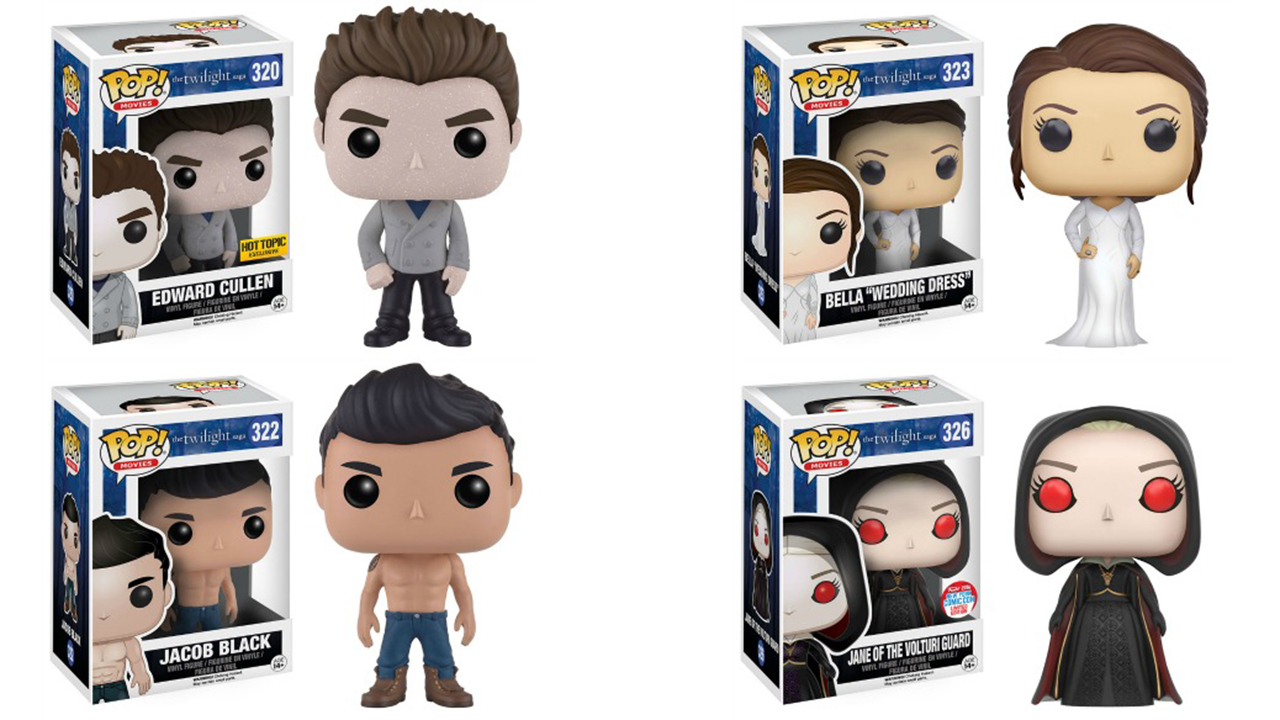
Since time immemorial, tweens and tie-ins have gone together like bitten lips and big crushes. For good or bad, Twilight re-galvanised merch sales to ludicrous degrees. Fans could buy hair twisters, stationery, baby onesies, silhouetted Edward wall decals and more. If flaunting loyalties on your hair was not enough, underwear could be purchased with slogans including the deeply dubious, “Edward can bust my headboard, bite my pillows and bruise my body any day!” Jar Jar Binks missed that trick.
Soundtrack tie-ins developed a life of their own, aided by Meyer’s proclaimed passion for music and Twi-soundtrack regulars Muse. Music supervisor Alexandra Patsavas later worked on ‘music inspired by’ albums for The Hunger Games and – roughly – every TV show with a musical element.
Eclipse engagement rings could be bought from £40 (cheapskates) to £1,300 (chumps). Meanwhile, Mike Gurling, visitor centre manager at the Chamber of Commerce in Forks, reported local post-Twilight sales boosts, with many businesses enjoying t-shirt sales or, simply, the influx of fans: “If it wasn’t for Twilight, the Forks Coffee Shop would have closed.”
7. Vampires were in vogue. Like, a lot
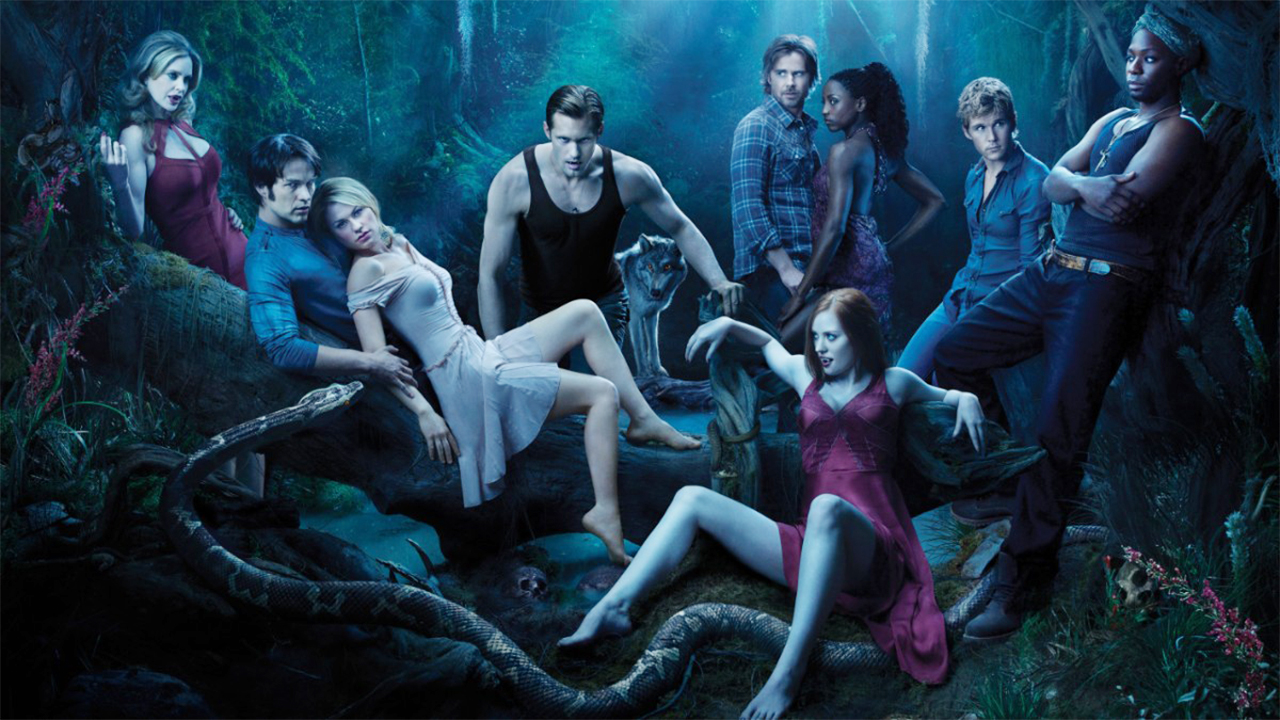
Meyer’s vampires came under criticism from hardened vamp-watchers, displeased that the author’s mob didn’t rip out victims’ necks or die flaky deaths under sunlight. (Twi-vamps twinkled, like Tinkerbell with sick abs.) Charlie Brooker called this “a humiliating climbdown for a monster originally inspired by Vlad the Impaler,” while Interview With the Vampire author Anne Rice gently teased Meyer’s melancholy crew.
Yet vampires became vogue-ish in Edward’s wake, making Lestat a toothy has-been. Novel series The Vampire Diaries was opened for TV adaptation, Tim Burton tapped vintage TV for Dark Shadows, and Abraham Lincoln turned vampire hunter. Meyer’s metaphorical idea of vampires as addicts of love, meanwhile, bore TV fruit in True Blood, Alan Ball’s initially seductive adaptation of Charlaine Harris’ The Southern Vampire Mysteries series.
Vamps underwent further revivification in various inventive twists, among them Only Lovers Left Alive, What We Do in the Shadows and A Girl Walks Home Alone at Night. Though some of these could be read as adverse reactions to Team Cullen, Meyer was instrumental in reviving interest in the undead. In other words, never mind the haters. Haven’t vampires after-lived long enough to withstand a little re-interpretation?
The Twilight Saga - The Complete Collection: 10th Anniversary Special Edition on Blu-ray and DVD from Amazon US and Amazon UK.
The Total Film team are made up of the finest minds in all of film journalism. They are: Editor Jane Crowther, Deputy Editor Matt Maytum, Reviews Ed Matthew Leyland, News Editor Jordan Farley, and Online Editor Emily Murray. Expect exclusive news, reviews, features, and more from the team behind the smarter movie magazine.


